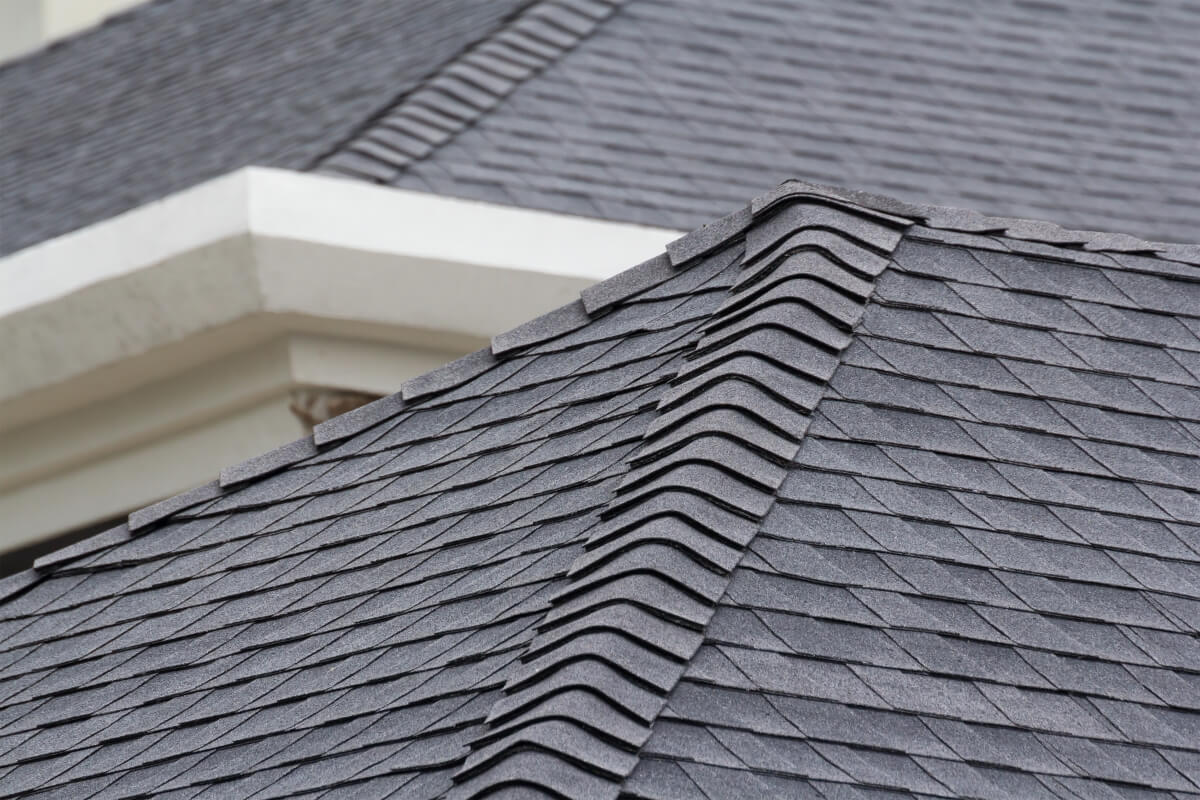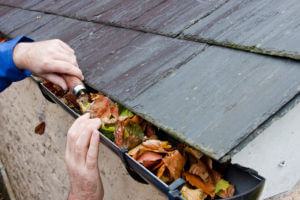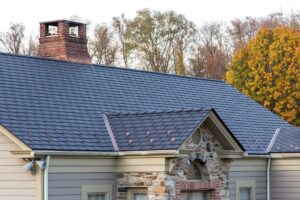The Long-Term Effects of Hail Damage
Not all hailstorms are created equal. Hail stones range from pea sized to the size of softballs. In Colorado, we often encounter storms that come with small pea or dime-sized stones. It’s likely that your home has been pelted by hail in varying sizes. If the hailstones are small, don’t assume that they can’t damage your roof. Strong winds often drive hailstones against your roof at a high rate of speed. Just because your roof appears to be intact when you look at it from the ground, it doesn’t mean that you don’t have damage. A professional roofing contractor will be able to tell you if your roof sustained damage. Keep reading to learn how.
Not all hail damage is obvious. Hail stones that are 2” in diameter or larger tend to be the most destructive. These larger hail stones can crack roof tiles, dent metal roofing, and cause granule loss on an asphalt shingle roof. Depending on your roof type, you should be able to easily identify any issues caused by larger stones. When the hailstones are smaller, identifying roof damage is more difficult for the average homeowner to spot. That’s why it’s important to contact a trusted roofing contractor for an assessment.
What does your roofing contractor look for when performing an inspection? When your home is impacted by a storm with small hail stones, signs of damage may be easy to miss for the untrained eye. Your roofing contractor will look for areas of impact. On an asphalt shingle roof, these areas will appear darker than the rest of your shingles. Your roofer will also look for spots of exposed asphalt, which show up as black spots on your shingles. This is an indication of granule loss. If left untreated, this type of damage leads to rapid roof deterioration and eventually roof leaks. Your roof may be eligible for an insurance claim if there is enough damage.
In addition to hail damage, your roofer should also check for signs of wind damage after a storm. Severe storms often come with high winds, and wind damage can also be tricky to spot. Sometimes, it’s obvious and you’ll know immediately if you see missing shingles or tiles in your yard. In other cases, the damage is not visible from the ground. High winds can break the seal strips of your shingles, but they might not break off completely and blow away. Once the seal is compromised, your home is left exposed and will be prone to leaking. Depending on the extent of the damage, wind damaged shingles can be repaired and resealed. In other cases, a total replacement is necessary to keep your home watertight.
As a Colorado homeowner, it’s important to understand that hail is not harmless, even if it’s small. It’s better to be safe than be sorry with a leaking roof. Always do your due diligence and hire a roofing contractor you can trust. If your home was impacted by a severe storm, give us a call at 719-487-7663 or contact us online for a free roofing assessment.




